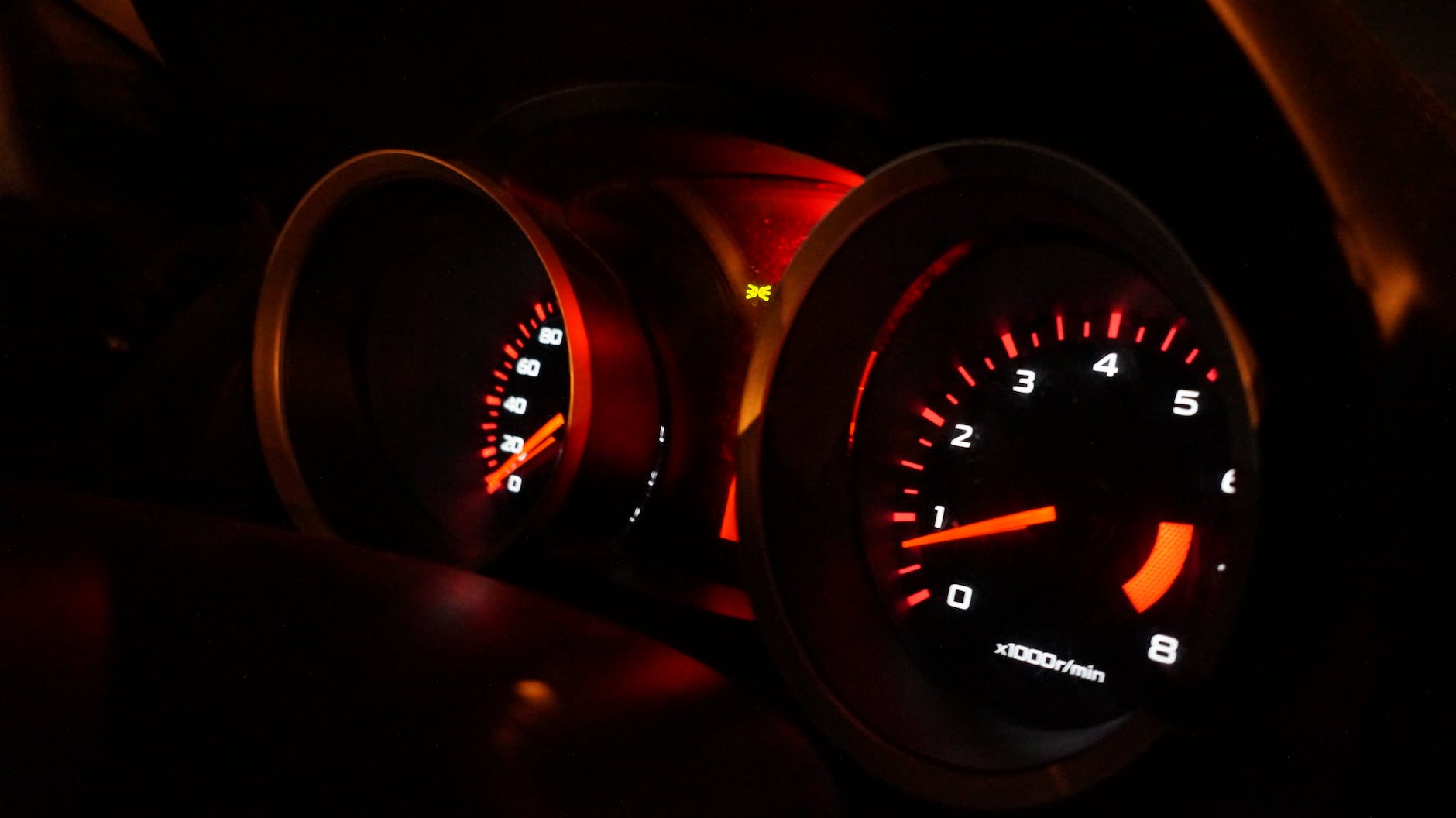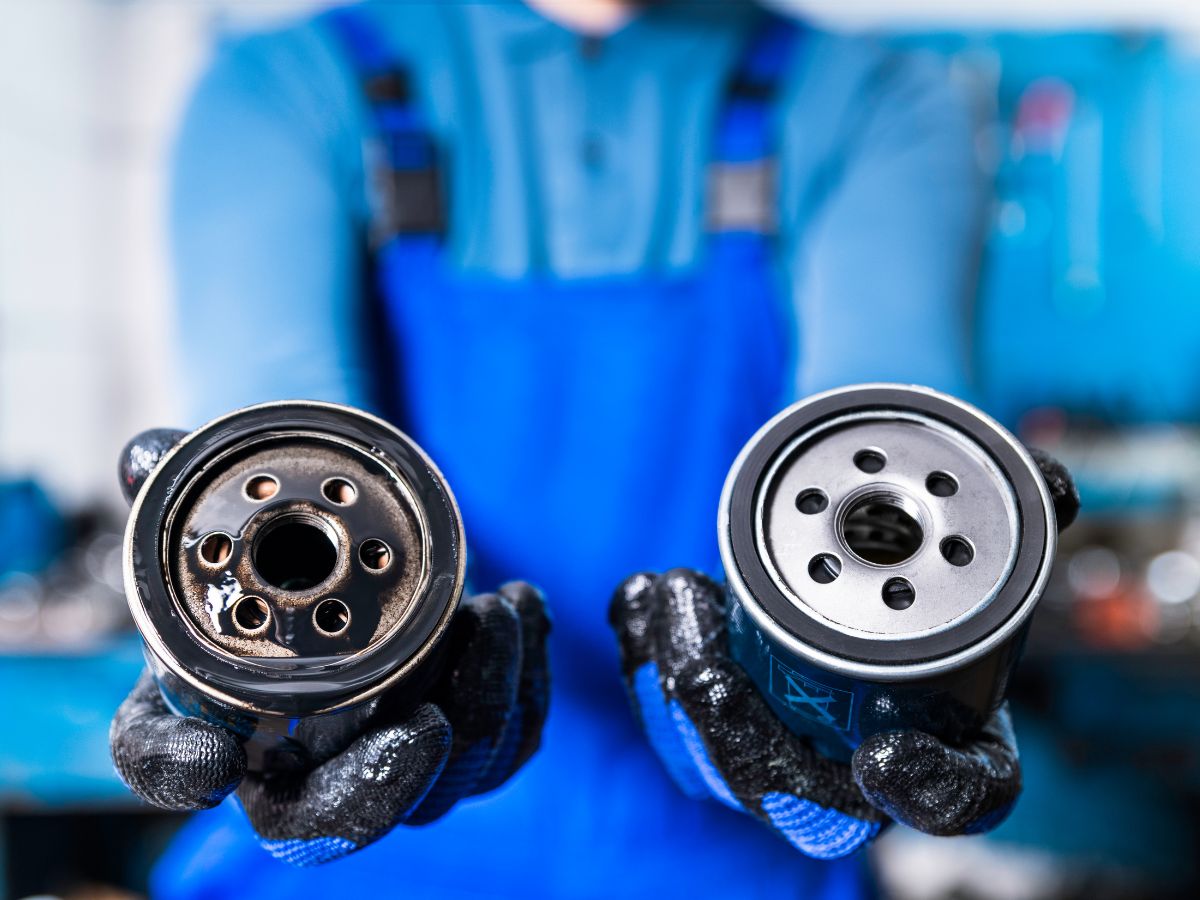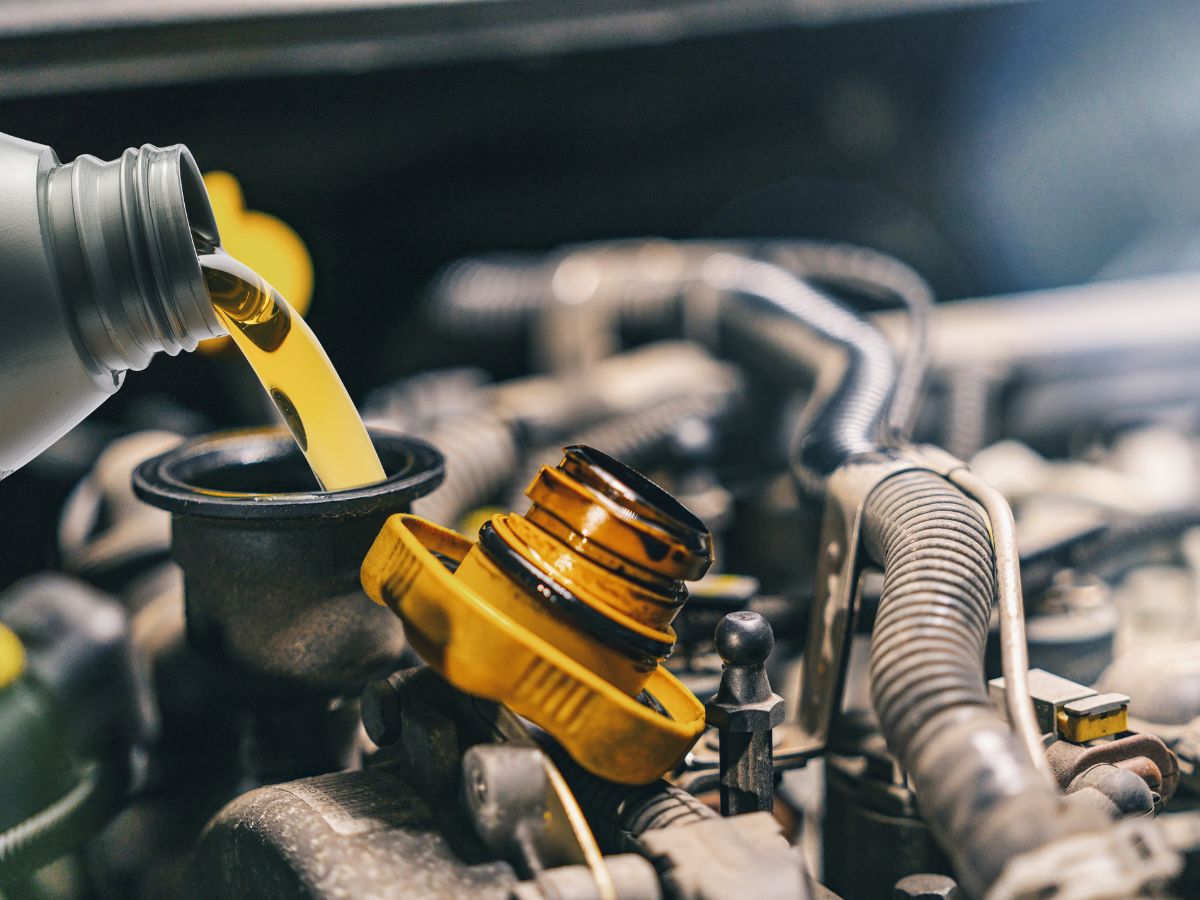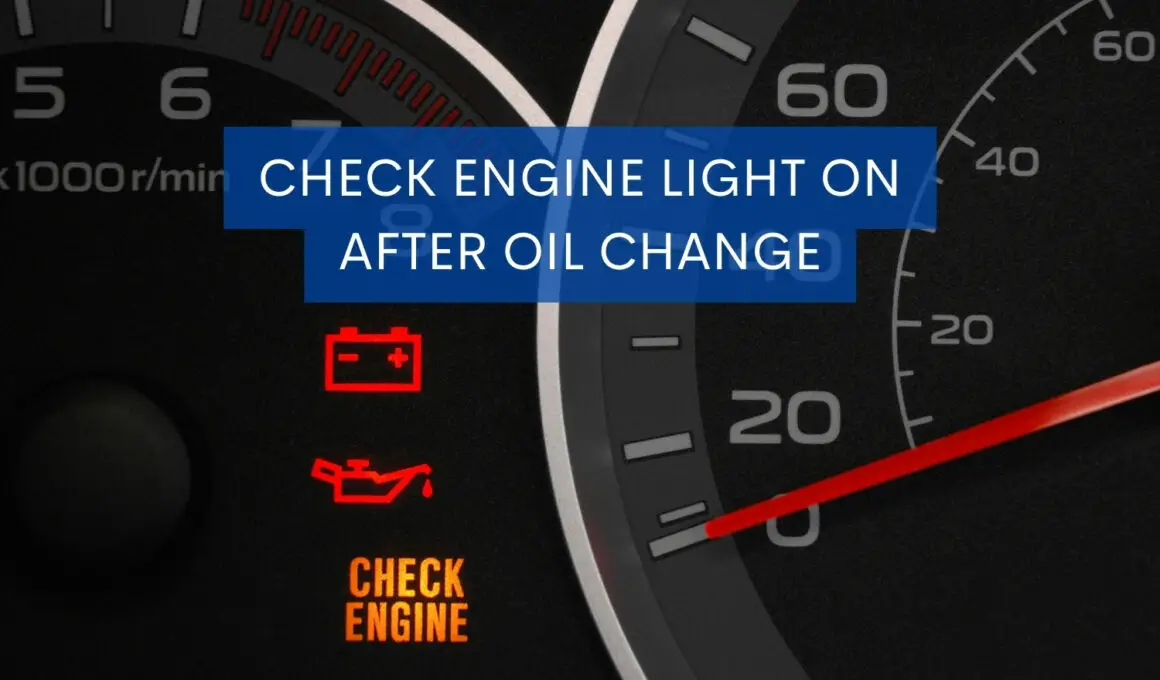In This Article Show
As an experienced mechanic with over a decade of hands-on experience in the auto repair industry, I often encounter questions about the mysterious ‘check engine’ light. More specifically, many car owners are baffled when this light illuminates after an oil change – a seemingly routine maintenance task.
It’s indeed frustrating when you’ve just given your vehicle some TLC, and instead of purring contentedly, it retaliates with that ominous amber light on your dashboard. But don’t fret; it’s a more common situation than you might think.
My 13 years in the field have exposed me to many automotive quirks and mysteries, many of which I’ve successfully decoded. And I must tell you, the ‘check engine‘ light doesn’t always signal catastrophic failure.
Sometimes, the solution can be as simple as tightening a loose cap or replacing a faulty filter. Let’s get into it.
Check Engine Light Explained
The ‘Check Engine’ light, also known as the Malfunction Indicator Lamp (MIL), is an essential component of your vehicle’s onboard diagnostic system. When this light illuminates, it’s your car’s way of telling you something isn’t quite right.
The light could indicate something minor like a loose gas cap or something more serious such as a malfunctioning catalytic converter.
Understanding that this light is linked to multiple aspects of your vehicle’s operation, from the engine to the exhaust system, is crucial. In essence, it monitors the vehicle’s performance and emissions output.
The check engine light comes on when the system detects an issue that could negatively impact the emissions or performance.

Reasons Why the Check Engine Light May Be On After an Oil Change
An oil change is one of your vehicle’s most fundamental and crucial maintenance tasks. It helps keep your engine running smoothly and extends the life of your car. However, if your check engine light illuminates after an oil change, it’s usually a sign that something isn’t quite right.
Here are a few possible reasons that might trigger the light:
1. Improper Oil Level
If too much or too little oil is put into the vehicle during the oil change, it can lead to various engine problems. The oil level is essential for the engine’s lubrication, cooling, and cleaning processes. An improper oil level can affect these functions and cause the check engine light to turn on.
2. Incorrect Oil Type
Every vehicle requires a specific type of oil, which is usually indicated in the car’s manual. If the wrong oil type is used during the oil change, it might not provide the required lubrication for the engine’s components. This could potentially trigger the check engine light.
3. Loose Oil Filler Cap
This is a very common and easily fixable issue. If the oil filler cap isn’t correctly tightened after an oil change, it can cause oil to leak or allow air into the engine. Both these scenarios can make the check engine light come on.

4. Damaged Oil Filter
The oil filter’s job is to remove any contaminants from the oil before it circulates through the engine. A damaged or improperly installed oil filter could let unfiltered oil into the engine, which might cause damage and activate the check engine light.
5. Oil Pressure Loss
The engine’s oil pressure can drop if an oil leak or the oil pump isn’t working correctly. Low oil pressure is a serious issue and could lead to engine damage if not addressed promptly. This situation will trigger the check engine light.
Understanding these causes is the first step towards fixing the issue. In the next sections, we’ll discuss these causes in more detail and provide tips on how you can address them. As an experienced mechanic, I assure you that many of these problems can be fixed easily once they’re correctly diagnosed.
Understanding the Different Causes And Fixes to Apply
Let’s delve into each of the causes mentioned above to better grasp why they might turn your check engine light on after an oil change. Addressing the issue of a check engine light after an oil change doesn’t always require a trip to the mechanic. Sometimes, the problem can be resolved with simple checks and fixes.
Here’s how you can approach each of the causes mentioned earlier:
1. Improper Oil Level
An improper oil level in your car can adversely affect the engine’s performance. Too little oil could lead to inadequate lubrication, causing the engine components to wear out quickly due to increased friction.
On the other hand, too much oil can cause pressure build-up leading to leaks or damage to the seals and gaskets. It can also result in the foaming of oil, which significantly reduces its effectiveness as a lubricant. All these scenarios can cause the check engine light to turn on, signalling a potential issue.
How to fix improper oil levels 🚡
If the oil level is too low, you will need to add the necessary amount of oil to reach the appropriate level. Be sure to use the correct type of oil for your vehicle. If there is too much oil, you must drain the excess until the correct level is achieved. Using the correct tools and follow the proper steps when adding or removing oil from your vehicle.
2. Incorrect Oil Type
Using the incorrect oil type for your vehicle is akin to wearing ill-fitting shoes. Every vehicle requires a specific type of oil, often specified by the manufacturer.
The oil type can depend on various factors, including engine type, vehicle age, climate, and driving conditions. Using an incorrect oil type can hinder the engine’s efficiency and even cause potential damage, leading to the illumination of the check engine light.
How to fix incorrect oil type 🚡
If you suspect that the wrong oil type was used during your oil change, replacing the oil with the correct type would be the best course of action. You can find the recommended oil type for your vehicle in the owner’s manual.

3. Loose Oil Filler Cap
The oil filler cap serves a simple yet crucial role – it seals the oil filler hole, preventing oil leakage and stopping contaminants from entering the engine.
If this cap is loose or missing, it can lead to oil leakage or the ingress of dirt and debris into the engine. As a result, the engine may not function optimally, leading to the check engine light turning on.
How to fix loose oil filler cap 🚡
Check the oil filler cap to see if it is loose or missing. If it’s loose, simply tighten it. If it’s missing, you’ll need to replace it as soon as possible to prevent any oil leaks or contamination.
4. Damaged Oil Filter
A damaged or improperly installed oil filter can allow unfiltered oil into your engine, leading to the potential for serious damage.
The oil filter’s primary role is to keep the oil clean by trapping contaminants that could harm the engine. If this filter is compromised, contaminants can reach the engine and cause damage, triggering the check engine light.
How to fix loose oil filler cap 🚡
If you suspect that your oil filter is damaged or not installed correctly, it’s best to replace it with a new one. Remember, the oil filter is crucial in maintaining your engine’s health by ensuring that the oil circulating in your engine is clean and free from harmful particles.
5. Oil Pressure Loss
Oil pressure is vital for the lubrication of the engine. If the pressure drops too low, due to reasons like a leak or a faulty oil pump, it could lead to inadequate lubrication. This situation can cause severe engine damage, hence the check engine light will illuminate as a warning.
How to fix loose oil filler cap 🚡
If you notice a loss of oil pressure, it’s vital to address this issue immediately. Check for any visible oil leaks and repair them. If there’s no visible leak, the problem might be a failing oil pump. This issue is a bit complex and might require a professional mechanic to fix it.
As we’ve seen, most of these causes have a common theme – they can lead to decreased engine efficiency and potential damage. It’s crucial, as someone who’s spent over a decade in the mechanics field, to address these issues promptly to prevent more severe consequences down the line.
When to Seek Professional Help
While the aforementioned issues can often be resolved with a few simple checks and fixes, there are times when it’s best to enlist the help of a professional.
Here are some situations when you should consider seeking professional help:
1. Persistent Check Engine Light
If the check engine light remains on even after you’ve made the necessary fixes, it’s time to seek professional help. A persistent check engine light could indicate a more serious underlying problem that needs expert attention.
2. Flashing Check Engine Light
A flashing or blinking check engine light is usually a sign of a severe engine misfire that can cause damage to the car’s catalytic converter. If you notice your check engine light flashing, getting your vehicle to a professional is crucial as soon as possible.
3. Noticeable Performance Issues
If you notice performance issues such as rough idling, stalling, poor acceleration, or decreased fuel efficiency along with the check engine light, these could be signs of significant engine problems that require professional help.
4. If You’re Unsure
If you’re not confident in diagnosing or fixing the problem, it’s best to leave it to the professionals. Attempting to fix something without proper knowledge could worsen the situation.
Conclusion
Seeing the check engine light come on is always disconcerting, especially after something as routine as an oil change. However, this situation is more common than you might think and is often easily resolvable.
As we’ve discussed in this article, common reasons for the light’s activation could range from an improper oil level or incorrect oil type to a loose oil filler cap, damaged oil filter, or oil pressure loss.
Having the light turn on after an oil change doesn’t always indicate a serious problem, but it should never be ignored. More often than not, a simple fix such as adjusting the oil level, using the correct oil, tightening the oil filler cap, or changing the oil filter can end your troubles.
But, remember that your car’s check engine light is there for a reason – to alert you when something isn’t quite right. If the light stays on or starts blinking, or if you notice any performance issues, it’s best to seek help from a professional mechanic. After all, when it comes to maintaining your vehicle’s performance and longevity, there’s no such thing as being too cautious.










